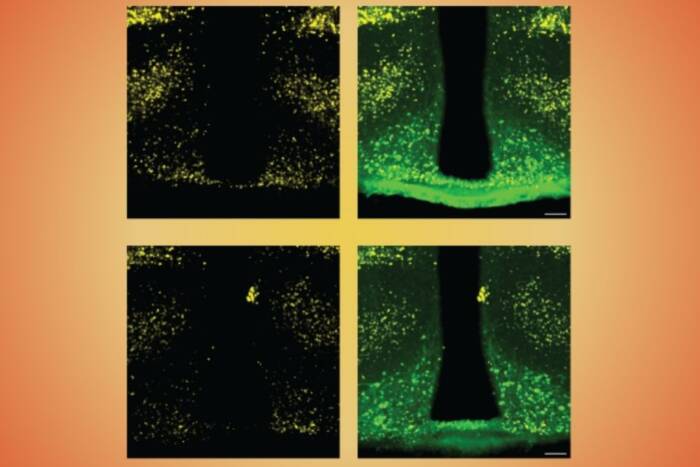How dividing cells avoid setting off false virus alarms
One feature of cell division has long puzzled scientists. The nucleus briefly disappears, leaving the cell’s DNA exposed. Normally, bare DNA indicates a viral infection and triggers enzymatic alarms that alert the immune system to the rogue DNA. But no such alarms sound during healthy cell division, even as DNA floats in the cytoplasm.
Now, a study in Science describes the molecular structure of cGAS, a protein that triggers the alarm, bound to the nucleosomes that hold genetic material together. The new data explain how this unique packaging prevents cells from targeting their own DNA during cell division.
Last year Christian Zierhut, a Rockefeller research associate in the lab of Hironori Funabiki, started unraveling this puzzle by showing that cGAS molecules are held captive by nucleosomes. In this new study, Funabiki’s team and researchers at the University of Tokyo obtained a detailed molecular map showing that all three of cGAS’s DNA binding sites are blocked or repurposed when in complex with a nucleosome, preventing cGAS from binding DNA and sounding the alarm.
The findings may finally explain how cells target rogue DNA without inadvertently tagging their own healthy DNA for destruction. “It’s a very basic question, how our own DNA is not constantly setting off the immune system,” says Funabiki, “and we finally have a good answer.”



